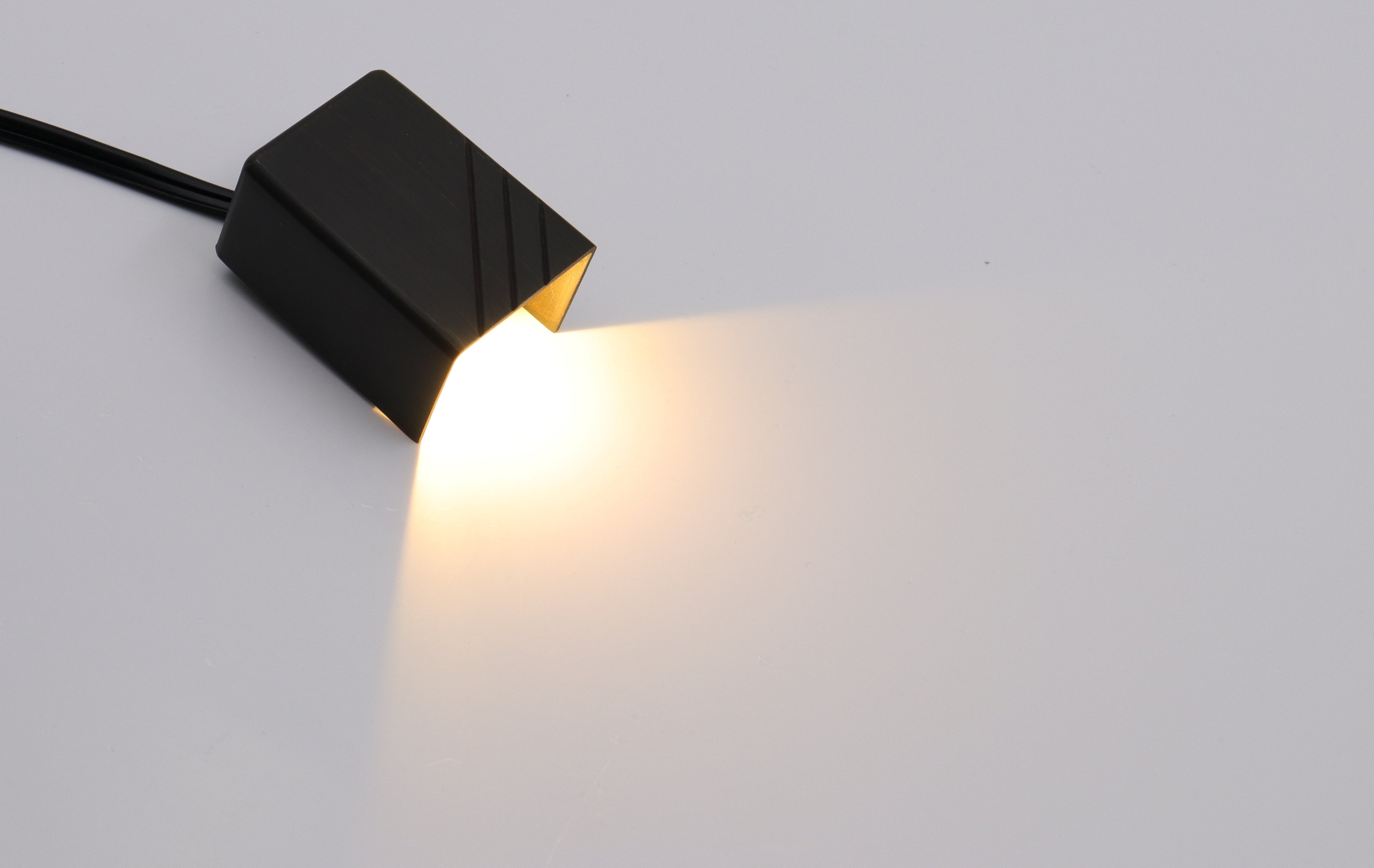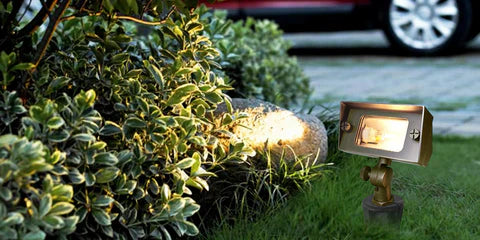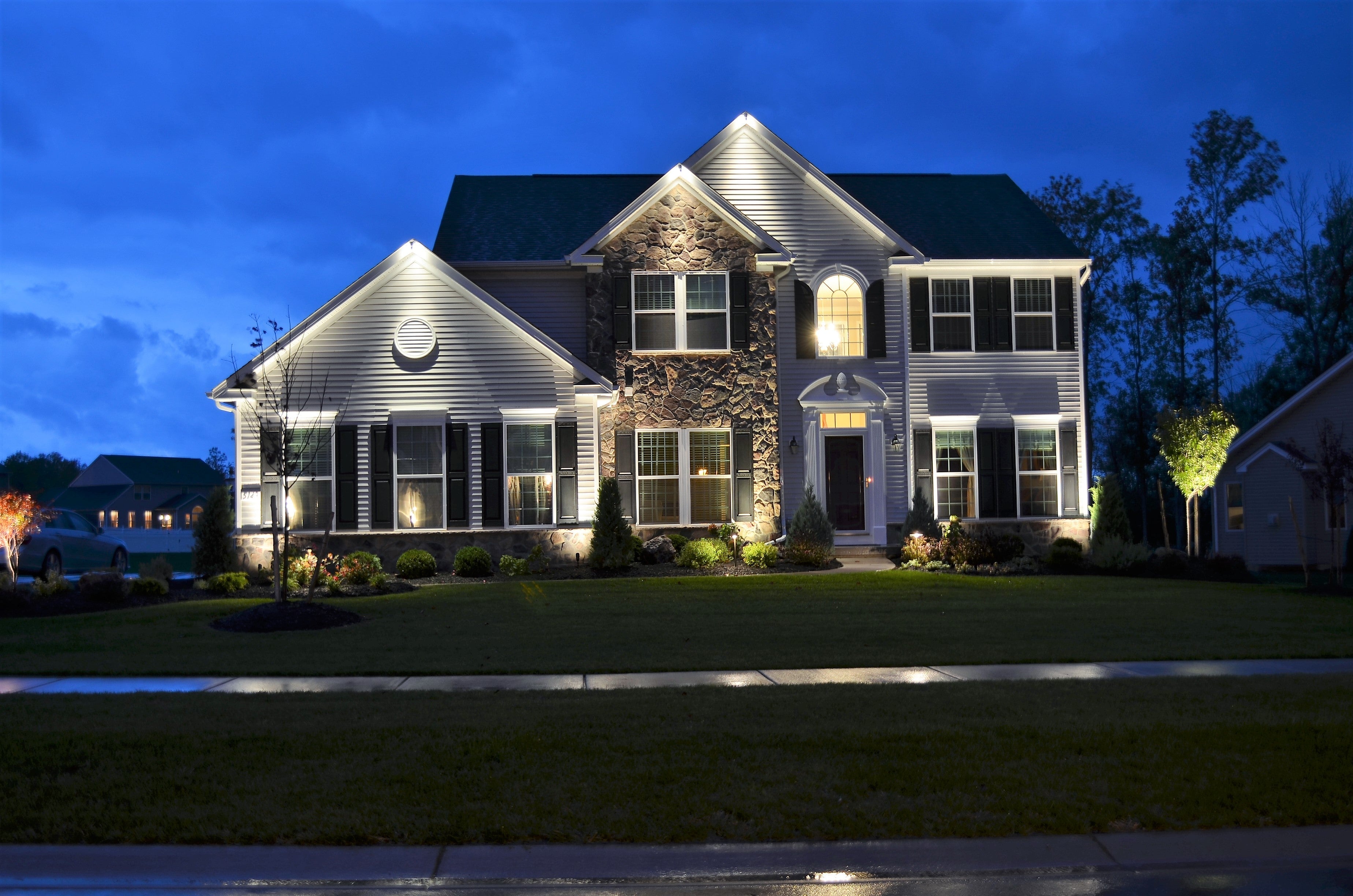When night falls, good pathway and driveway lighting is key. It's not just about making your home look great - although that's a nice bonus. It's also a really smart move for keeping your property secure. This guide will help you understand how to choose and set up lights that serve both purposes well. We're going to talk about everything from the different types of lights you can use to how to design your lighting plan. So whether you want to make your home safer or simply light the way to your front door, this guide on pathway and driveway lighting will get you there.
1. What Are Pathway and Driveway Lights, and What Benefits Do They Offer?
When considering outdoor lighting, it's important to differentiate between the specific roles and advantages of pathway and driveway lights. Both types serve to illuminate your home's exterior, but they do so in ways that cater to different needs and areas.
Pathway Lights: Illuminating Your Steps with Elegance and Safety
What Are Pathway Lights?
Pathway lights are small to medium-sized fixtures designed to be placed along the sides of walkways, garden paths, or steps. Their primary purpose is to guide the way, helping residents and visitors navigate through the property safely after dark. These lights are often ground-level or slightly elevated to cast a gentle glow across the path.
Benefits of Pathway Lighting
- Safety: By illuminating walkways, these lights minimize the risk of trips and falls, making it safer to move around outdoors at night.
- Aesthetic Appeal: Pathway lights add a decorative touch to your landscape. Available in various styles and finishes, they can complement any garden design or architecture, highlighting the beauty of your outdoor space.
- Functionality: Beyond aesthetics, pathway lights can define the boundaries of a space, subtly marking out garden beds or lawn edges without intrusive fencing.
- Increased Property Value: Well-planned outdoor lighting can enhance the overall appeal of your property, potentially increasing its market value. It showcases the care and attention given to the property's exterior design.

Driveway Lights: Combining Security and Style
What Are Driveway Lights?
Driveway lights are illumination fixtures tailored for driveways, focusing on visibility and security. They can be more robust and brighter than pathway lights, designed to outline the driveway's perimeter and provide adequate lighting for vehicles and pedestrians alike.
Benefits of Driveway Lighting
- Enhanced Visibility: These lights ensure drivers can see the driveway's limits clearly, aiding in navigation and reducing the risk of accidents.
- Security: A well-lit driveway is a deterrent to potential intruders. It eliminates dark spots where unwanted visitors could hide, making your home less of a target for burglary.
- Welcoming Atmosphere: Driveway lights create a warm and inviting entrance to your property. This not only adds to the aesthetic charm but also makes guests feel welcome.
Both pathway and driveway lighting have their own set of definitions and benefits that cater to different aspects of home exterior lighting. While pathway lights focus on safety and aesthetic enhancement along walkways, driveway lights emphasize visibility, security, and creating a welcoming entrance to your property. Together, they contribute significantly to the functionality, safety, and beauty of your outdoor spaces, improving not just the usability of your property after dark but also its overall curb appeal.

2. How to Choose Your Pathway & Driveway Lights
- Material Quality: Choose lights made from high-quality, durable materials like brass, which offers resistance against salt, moisture, and UV radiation. The fine workmanship ensures longevity and aesthetic appeal.
- Adjustability: Look for lights with adjustable knuckles that let you alter the direction of the beam easily.
- Bulb Type and Light Quality: Consider whether the light fixture can use halogen or LED bulbs. Assess the Color Rendering Index (CRI) value.
- Lens Design: Opt for a convex lens design.
- Installation Ease: Look for fixtures that come with lead wire and sturdy PVC or metal stakes.
- Safety and Certifications: Ensure your lights are low voltage (typically 12V AC/DC) and safety tested.
- Versatility: Useful if lights can be used for multiple purposes.
- Warranty: Look for a good warranty.
3. Innovative Lighting Ideas for Pathways and Driveways
- Layered Lighting
- Directional Path Lighting
- Entrance Statement Lights
- Integrated Landscape Lighting: For more innovative ideas, explore the Landscape Lighting Ideas guide.
- Timed and Motion-Sensor Lights
Practical and well-thought-out lighting not only increases the safety and functionality of your outdoor spaces but also contributes to the overall aesthetic appeal of your home after dusk. With these ideas, you can create a beautifully lit pathway and driveway that complements your lifestyle and your home's design.

4. How to Install Pathway and Driveway Lights Like a Pro
When it comes to installing pathway and driveway lights, doing it right can make all the difference in appearance and functionality. Here are some professional tips to ensure that your lighting installation goes smoothly and safely:
Planning Your Layout:
- Measure Your Space: Before purchasing any fixtures, measure the length of your pathway or driveway. This will help you determine how many lights you'll need and their optimal spacing for even illumination.
- Mock-up Test: Arrange your lights along the path or driveway before installing them. Position them at various distances to find what looks best. Typically, path lights are placed 6 to 8 feet apart.
- Lighting Strategy: Decide if you want symmetrical lighting on both sides of a path or staggered lighting for a more natural look. For driveways, consider where the main areas of illumination should be, such as the edges or entry points.
Installing the Lights:
- Cable Laying: When running wires, bury the cable about 6 inches underground or tuck it beneath the landscape covering to avoid tripping hazards and protect the cables from damage.
- Avoid Cable Cuts: Always use a cable detector before digging to ensure you do not cut any existing underground lines.
- Steady Fixation: Securely plant the ground stake into the soil to ensure the light won't wobble. If your soil is soft, consider using a concrete base for additional stability.
- Adjustable Parts: Make sure adjustable components like knuckles are secured but left slightly loose until you have finalized the angle of the beam. After adjusting the beam direction, tighten them to lock the position in place.
- Waterproofing Connections: Use waterproof connectors for splicing wires to prevent moisture from corroding the connections. Ensure that any junctions are above ground level or well-sealed against water ingress.
- Transformer Installation: Connect your lighting system to a suitable transformer. The transformer should be located near a power source and in a place that's accessible for maintenance. Be sure the transformer's capacity can handle the total wattage of your lights.
- Voltage Drop Considerations: To prevent voltage drop-where the furthest lights from the power source appear dimmer-use a thicker gauge wire for longer runs or install multiple transformers around your property.
Finalizing Installation:
- Aiming Lights: Once installed, wait until dusk to adjust the direction of the spotlights to ensure they highlight the desired areas without causing light pollution or glare to passerby or neighbors.
- Testing: After installation, test your lights to ensure they operate correctly. Check each fixture and replace any bulbs if necessary.
- Routine Maintenance: Periodically clean the lenses and replace burned-out bulbs. Check for exposed cables or damage to fixtures after harsh weather.
- Professional Help: If you're unfamiliar with electrical systems or uncomfortable with any part of the installation process, don't hesitate to hire a professional. They can ensure everything is set up safely and to code.
Light Your Way to Security and Style
Now that you're equipped with the necessary knowledge, go ahead and transform your outdoor areas into welcoming, well-lit spaces with proper pathway and driveway lighting. The next step? Install your lights, then relax and enjoy the enhanced beauty and functionality of your home.






Leave a comment
All comments are moderated before being published.
This site is protected by hCaptcha and the hCaptcha Privacy Policy and Terms of Service apply.